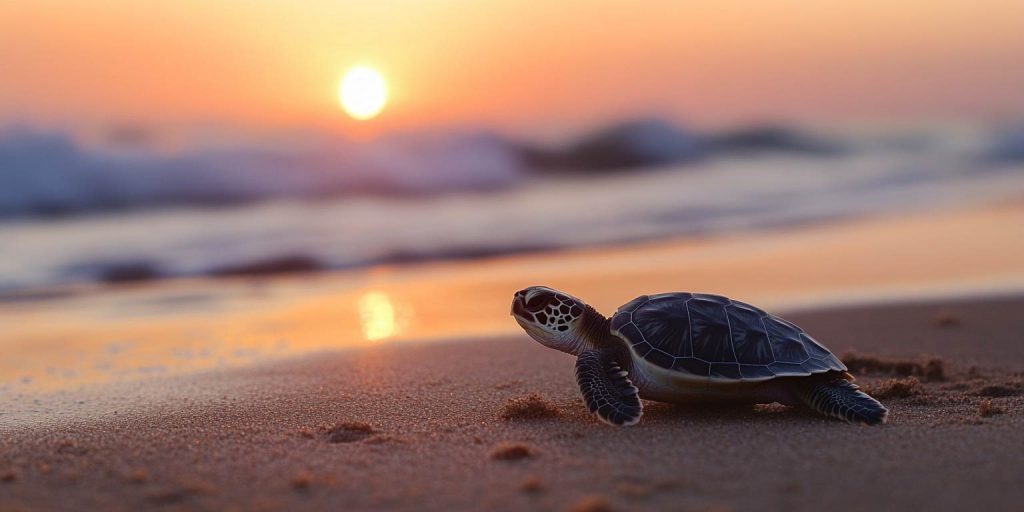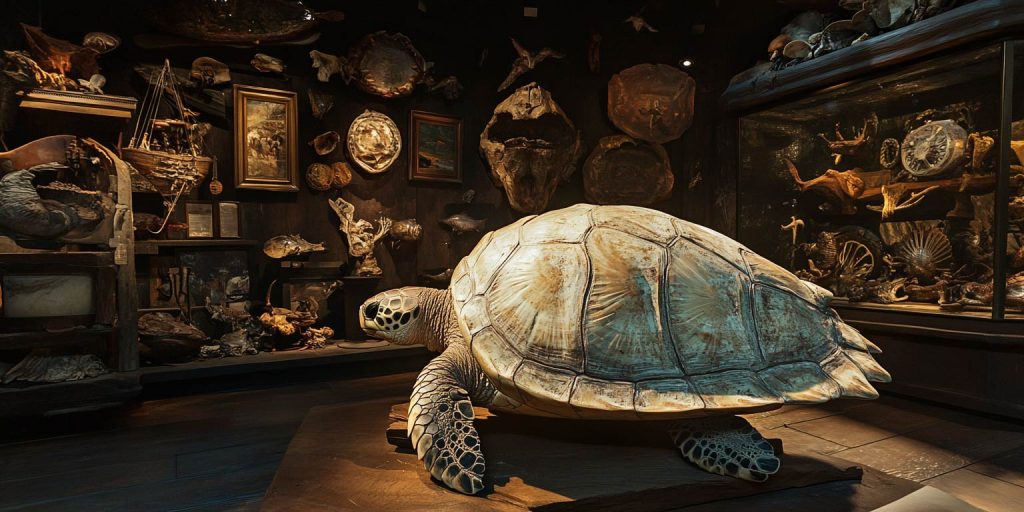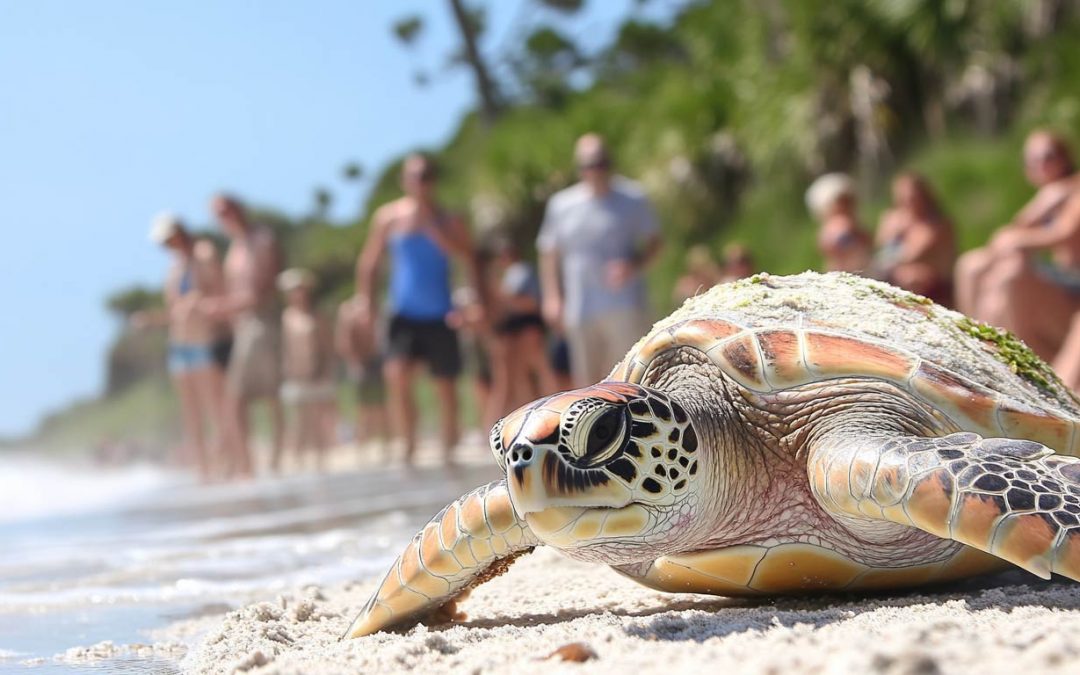Rising Heat, Rising Risk: 2025 Climate Change Hits Oahu Sea Turtles

Sea turtles have survived for millions of years, but climate change in 2025 is making it harder for them to keep going—especially in the Hawaiian Islands and across the Pacific Ocean. With rising temperatures and stronger storms, these changes are threatening every part of their lives—from birth to adulthood.
Let’s break down how climate change is hurting sea turtles and why we should care.
How Temperature Affects Sea Turtle Populations
One of the biggest effects of climate change on sea turtles is heat. Sand temperature matters a lot during the time eggs are incubating. Here’s why:
- Warmer sand speeds up hatching but may result in weaker hatchlings.
- High heat can kill developing embryos before they even make it out of the egg.
- Less beach space from rising sea levels means fewer safe nesting spots.
When beaches get too hot, fewer hatchlings survive. That means over time, the population of sea turtles drops.
Yes, Climate Change Affects Sea Turtle Gender
You might be surprised to learn that the temperature of the sand also determines whether baby sea turtles are male or female.
- Cooler sand (below 81.86°F) leads to more males.
- Warmer sand (above 88.8°F) results in mostly females.
As global temperatures rise, more and more hatchlings are being born female. This unbalanced gender ratio could cause huge problems for the species’ survival. Without enough males, it becomes harder for turtles to reproduce.

Sea Turtles and Climate Stress: What’s Happening?
Sea turtles face a range of challenges because of a changing climate:
- Stronger storms destroy nesting beaches.
- Rising seas wash away nests and reduce beach size.
- Hotter ocean temperatures damage coral reefs and food sources.
- Pollution and plastics in the water make survival even tougher.
This mix of threats makes it harder for turtles to nest, feed, and migrate safely. Hawaii’s green sea turtles, also called honu, are especially at risk.
Why Oahu Sea Turtles Are in Danger
In the Hawaiian Islands, sea turtles face unique threats:
- Climate change hits the Pacific early and hard.
- Tourism and development reduce nesting areas.
- Boats and fishing gear injure or kill turtles.
- Diseases like fibropapillomatosis weaken young turtles.
While these turtles are protected by law, they are still listed as threatened or endangered under the Endangered Species Act.
The Biggest Threat to Sea Turtles Right Now
Out of all the dangers they face, climate change may be the biggest one. It affects almost every part of their life cycle. But there are other serious threats too:
- Loss of habitat
- Illegal hunting and egg collection
- Plastic waste and marine pollution
- Fishing nets (bycatch)
Together, these make life in the ocean a risky journey for sea turtles, especially the ones born in Hawaii or migrating through Pacific waters.
Is It Illegal to Own a Sea Turtle Shell?
Yes, it is. Sea turtles are protected animals. It is illegal in the U.S. and many other countries to buy, sell, or own anything made from sea turtles—including their shells.

This law helps stop poachers and traders from killing turtles just to sell souvenirs. It’s a small step that makes a big difference in protecting them.
Holding On in Hotter Waters: Fighting for Hawaii’s Sea Turtles
Sea turtles are incredible animals that help keep ocean life balanced. But climate change is making their future uncertain. In Hawaii and across the Pacific, rising heat, rising seas, and more frequent storms are putting them in serious danger.

